1. Scours happens: 5 tips to help control scours in your herd
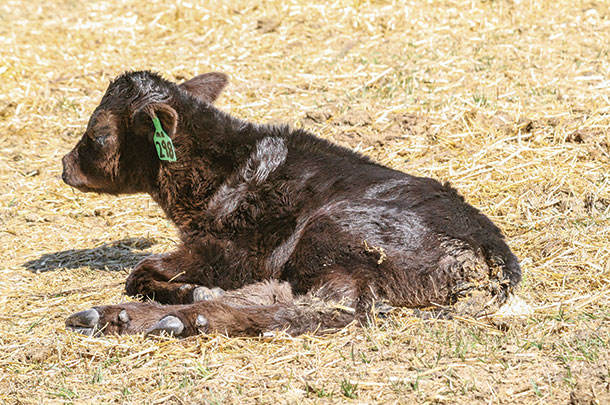
This year’s top online article gives five practical tips to fight scours in your herd. According to a Progressive Cattleman reader poll, scours is one of the top causes of calf mortality every calving season.
The article covers what scours is, what causes it and how to prevent it. Five big tips for prevention from Alltech’s post-doc research fellow Shelby Roberts:
- Know the symptoms and detect scours early
- Manage the herd to minimize calf exposure
- Calf immunity
- Dam nutritional management
- Use the fecal scoring guide to check your fecal score
Read the year’s most popular story that originally appeared in a February PC Extra enewsletter: Scours happens: 5 tips to help control scours in your herd.
PHOTO: Scours commonly occurs in the first month of life. Staff photo.
2. How to not go broke ranching
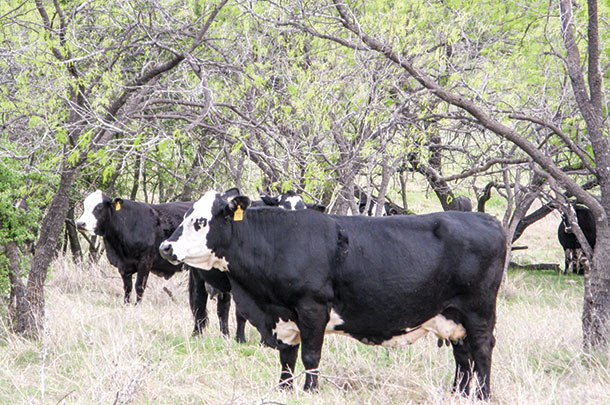 From the February 2018 issue: “How to Not Go Broke Ranching” was the title of a presentation by Walt Davis at the 2017 Texas Grazing Conference. Davis has spent approximately 50 years as a working rancher with interests in west Texas and southeast Oklahoma, and is the author of three books, one titled How to Not Go Broke Ranching.
From the February 2018 issue: “How to Not Go Broke Ranching” was the title of a presentation by Walt Davis at the 2017 Texas Grazing Conference. Davis has spent approximately 50 years as a working rancher with interests in west Texas and southeast Oklahoma, and is the author of three books, one titled How to Not Go Broke Ranching.
Davis outlined 12 factors which can contribute to profitability and stability of ranching in his presentation, but only four were included in the article: Getting in synch with reality, maximizing biological diversity, planned grazing and substituting management for money.
Read more of what 50 years of experience has taught Davis about ranching: How to not go broke ranching
PHOTO: Big cows and calves may not be most economical. Photo provided by Robert Fears.
3. Zero tolerance or calving trouble
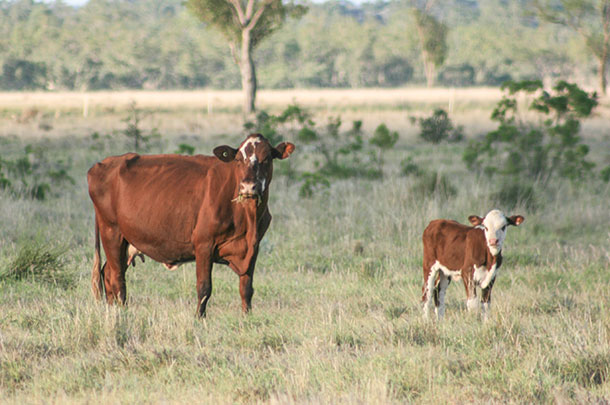 Idaho-based grazing consultant Jim Gerrish visited Australia and noticed a big cross-cultural difference in Australian producers’ approach to calving trouble. On remote cattle stations where head count runs up to 30,000 to 40,000 cattle, “babying” the babies along is not an option.
Idaho-based grazing consultant Jim Gerrish visited Australia and noticed a big cross-cultural difference in Australian producers’ approach to calving trouble. On remote cattle stations where head count runs up to 30,000 to 40,000 cattle, “babying” the babies along is not an option.
“You know what calving assistance looks like in Australia?” he’ll ask an audience. People stare back at him blankly.
Gerrish moves his fingers into the shape of a gun and points it at the floor and says, “Pow! That’s calving assistance.”
Read more about Australia’s cattle production culture in the January 2018 issue: Zero tolerance or calving trouble
PHOTO: Calving assistance in Australia is well below the American average due in part to the vastness of the range. Photo by Dawn Gerrish, American GrazingLands Services Inc.
4. Building wealth vs. building income
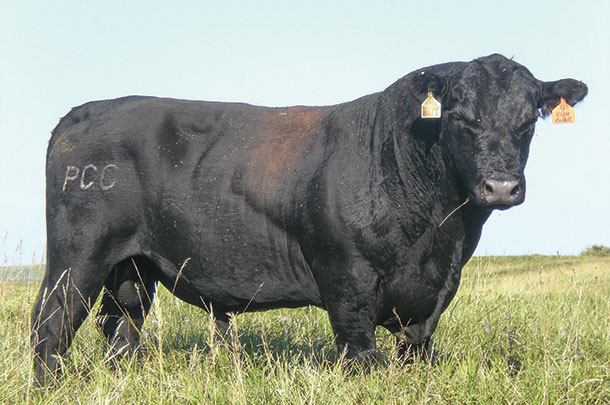
Ohio rancher James Coffelt has been in the cattle business for over 30 years. His article explores the difference between wealth and income and gives a few examples of what he has done to keep costs down while adding value to his operation.
Learn more in the March 2018 issue about what long-term investments are worth spending for: Building wealth vs. building income
PHOTO: The better the bull you buy, the more profit you can make from lease or exchange. Photo courtesy of Ohio Land and Cattle.
5. Clearing up misconceptions about EPDs
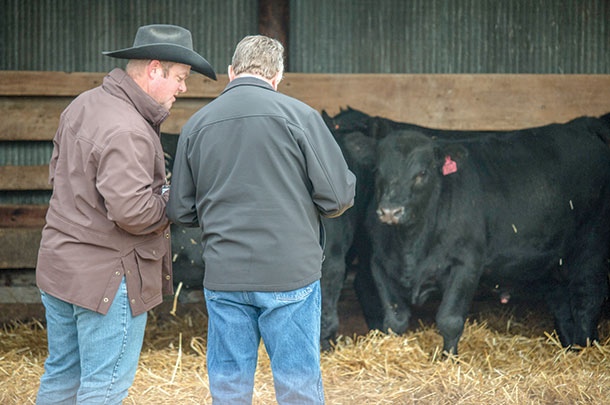 From a May PC Extra enewsletter: What exactly are expected progeny differences (EPDs) and what information do they really offer producers?
From a May PC Extra enewsletter: What exactly are expected progeny differences (EPDs) and what information do they really offer producers?
Genetic specialists Alison Van Eenennam from the University of California – Davis and Matt Spangler from the University of Nebraska – Lincoln teamed up for the first of four webinars focused on beef genetics that were sponsored by the National Cattlemen’s Beef Association and eBEEF team.
Read more about how EPDs have improved, which ones are really useful and how they can improve the genetic strength of your herd: Clearing up misconceptions about EPDs
PHOTO: EPDs work if you understand the information. Staff photo.
6. Marketing your cattle for the sale barn
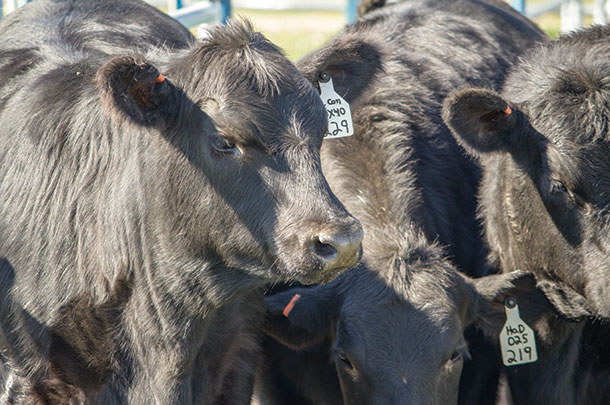
Ron Hinrichsen, director of sales and marketing with Genex Beef, seasoned livestock auctioneer and cow-calf producer in the Flint Hills of eastern Kansas, says presentation is more important than producers realize when it comes to getting a good price for your cattle at auction.
Learn more about how to succeed at the sale barn in this article from a February PC Extra enewsletter: Marketing your cattle for the sale barn
PHOTO: Consistency in appearance and color are additional selling factors with calves in the barn. Staff photo.
7. The nontraditional ranch built on the backs of day jobs
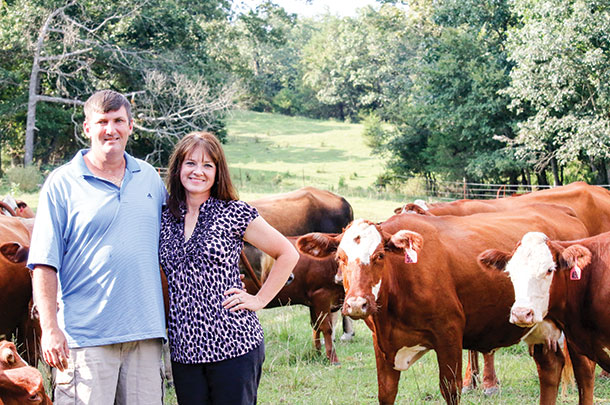
It hasn’t been in the family for generations, and it wasn’t built on the backs of grandparents. It is built after the pattern new ranchers are carving from today’s economy when deep pockets or family ownership or economical support are not available: It was built on the backs of day jobs.
Read more about Tracy and Julie Leonard’s nontraditional ranch in the April 2018 issue: The nontraditional ranch built on the backs of day jobs
PHOTO: By combining complementing talents, Tracy and Julie Leonard have built a successful nontraditional ranch on the banks of Little Washburn Creek in Sebastian County, Arkansas. Photo by Lynn Jaynes.
8. It is time to begin the early evening feeding
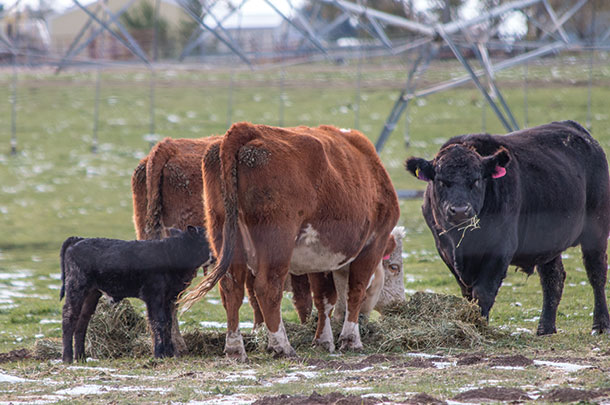
It is generally accepted that adequate supervision at calving has a significant impact on reducing calf mortality. Adequate supervision has been of increasing importance with the higher price of live calves at sale time.
On most ranching operations, supervision of first-calf heifers will be best accomplished in daylight hours, and the poorest observation takes place in the middle of the night.
Learn more about how feed timing affects calving time from this January PC Extra enewsletter article: It is time to begin the early evening feeding
PHOTO: Staff photo.
9. 10 things to double-check on your facilities before working cattle
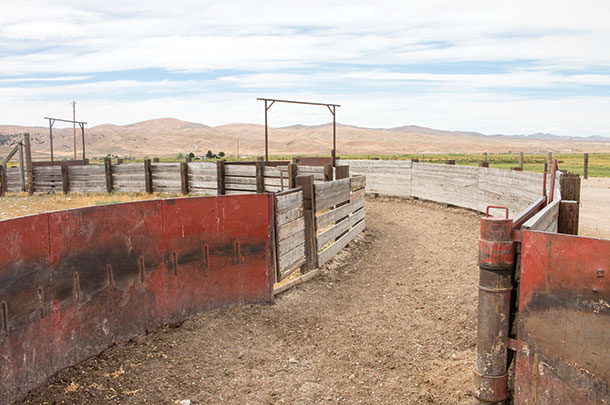 When it comes to working cattle, things can get stressful. Before you begin your day in and around your working equipment, John Kornmann, DVM, Dewitt Veterinary Clinic, and Cameron Schulte, Arrowquip Cattle Equipment salesman, give us 10 things you need to double-check to keep your day running smoothly and efficiently.
When it comes to working cattle, things can get stressful. Before you begin your day in and around your working equipment, John Kornmann, DVM, Dewitt Veterinary Clinic, and Cameron Schulte, Arrowquip Cattle Equipment salesman, give us 10 things you need to double-check to keep your day running smoothly and efficiently.
An hour of prep time could save you hours of time running those cattle through.
Get these 10 tips from a November PC Extra enewsletter: 10 things to double-check on your facilities before working cattle
PHOTO: Before working your cattle, give your facilities a good scan to make sure everything is working and set up correctly. Staff photo.
10. 5 grazing tips to ‘chew on’ before turnout
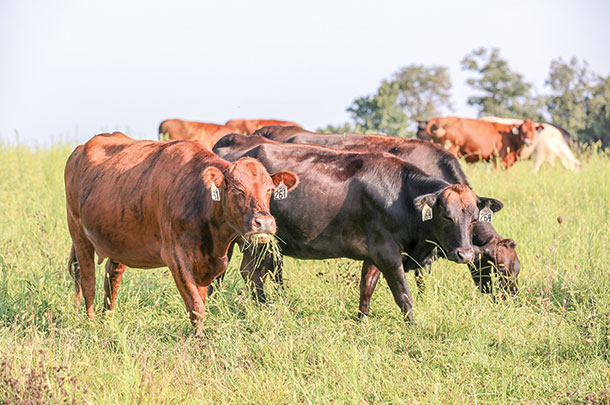 When you’re preparing for grazing season this year, keep these tips from Iowa State University beef field specialist Christopher Clark in mind. Are there things you could do differently to extend the grazing season, improve profitability, increase carrying capacity, improve conservation, etc.?
When you’re preparing for grazing season this year, keep these tips from Iowa State University beef field specialist Christopher Clark in mind. Are there things you could do differently to extend the grazing season, improve profitability, increase carrying capacity, improve conservation, etc.?
Pick up those tips from an April PC Extra enewsletter: 5 grazing tips to ‘chew on’ before turnout
PHOTO: Staff photo. ![]()






